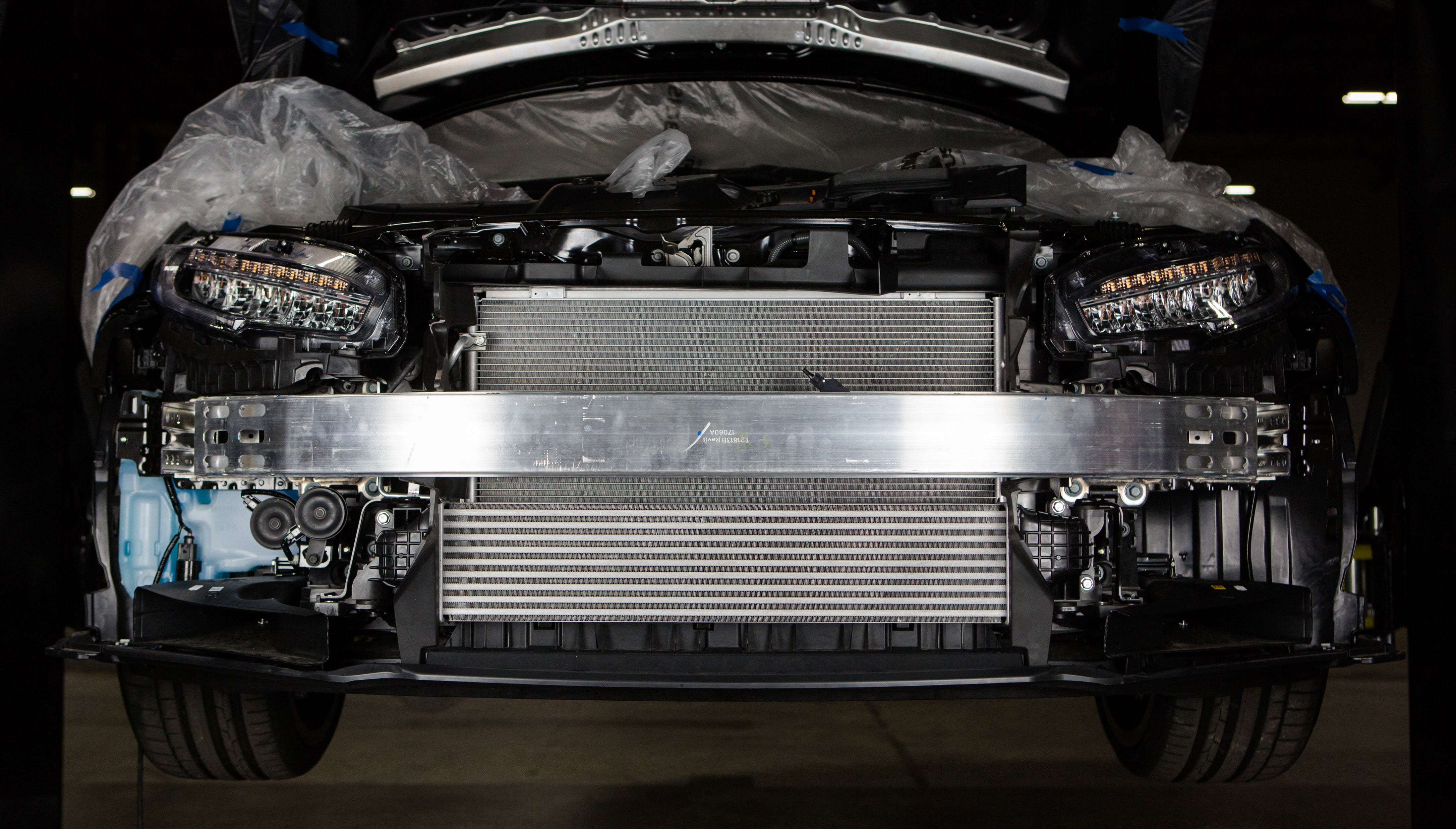
InterCOOLactic Planetary - 2017+ Honda Civic Type R Intercooler Kit R&D, Part 1 - Stock Review
The weeks surrounding the new year are always a time for both reflection and a look ahead. If we look back on how Honda did in 2017, one could say that they made a splash. The previous year was the release of their spiced-up models, such as the Sport Hatch, aka the pseudo-Si, and the real Si as well. How could we forget the hatchback to rule them all, the Type R? Not only did Honda's ramped up hatchback rival the likes of the seasoned veterans of this field, specifically the AWD Focus RS, but it also took the crown for FWD cars at the revered Nürburgring. Even with these accolades, the CTR is still a mass-produced car. This means that it's inherently going to have some drawbacks due to budgets and production deadlines. We're spending 2018 to strengthen the chinks in the Type R's armor.
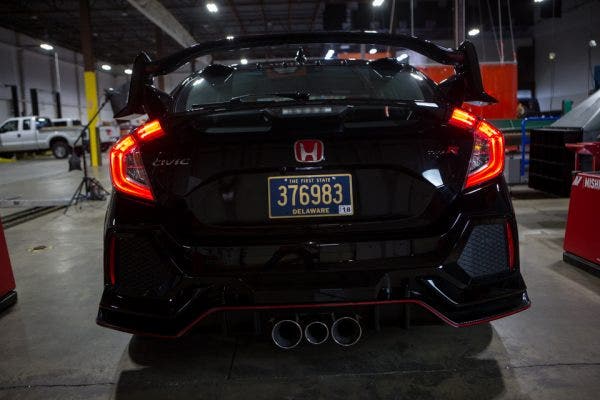
Many of the owners of the limited run Type R already know that we got a jump start improving on the flaws it was delivered with. We've already put a defense system in place to guard the valves and intake tract from the dangers of blow-by. Next is turning up the turbocharged soundtrack, and cramming a few more horses into the K20C1 with our intake system. What about keeping your CTR cool, though? That is, in fact, our specialty. Before we dive into our plans to improve the FK8's intercooling system, let's first look as to why it needs to be improved.
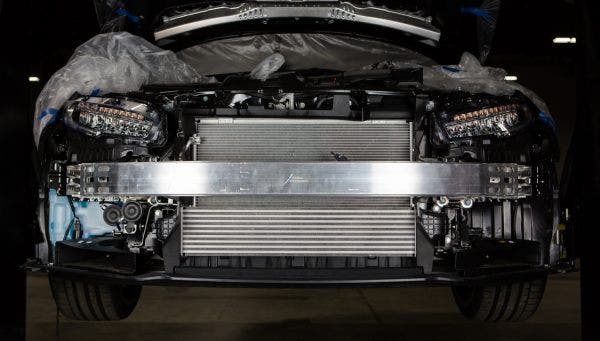
Upon peeling back the front bumper cover of our CTR, we noticed that the FK8's intercooler bears a striking resemblance to the heat exchanger equipped on the 1.5T models. The similar looks aren't the only thing that carry over with the Type R's heat exchanger either. Similar design cues and construction mean this intercooler will encounter the same shortcomings that we found on the 1.5T.
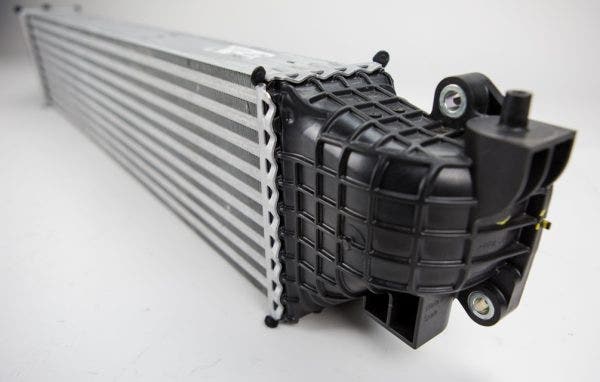
Honda seems to have taken the design for the smaller intercooler and added a few extra rows for cooling.
Even with the much higher output engine, the intercooler didn't substantially increase in size. The combination of surface area and internal volume, amongst other variables, are contributing factors to cooling the charged air passing through the system. Without adding more volume to the core, this stock intercooler could have trouble keeping up with the higher demands bound to Type R.
The construction of the intercooler itself is another cause for concern. Since the Type R is designed to commute to the office by day and carve up the canyon roads by night, Honda needed to find an adequate middle ground for the intercooler's construction. The drawback is that while a tube-and-fin core is light and easy to produce, it doesn't reject heat well, especially once it's sizzling after a spirited drive.
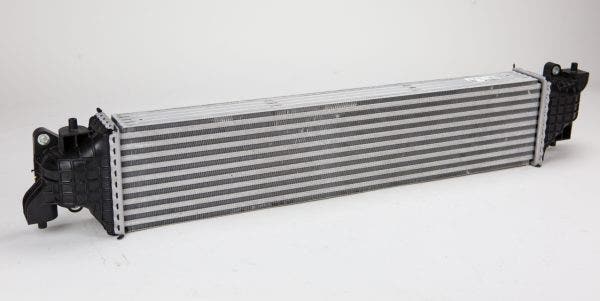
The similarities between this intercooler and the 1.5T are conspicuous. There are a few differences that make it better suited for the K20C1, however, the CTR intercooler features an additional 3 rows of fins to help with heat dissipation, and the end tank design has been altered to allow a more efficient flow of charged air through the core.
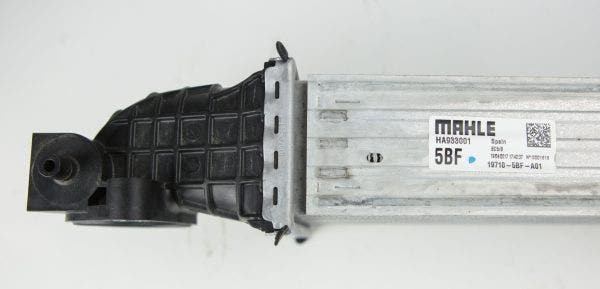
One of the biggest similarities is the core thickness. Even though the CTR's intercooler is thicker, it remains close to the size of the 1.5T unit, a characteristic we fully intend on changing.
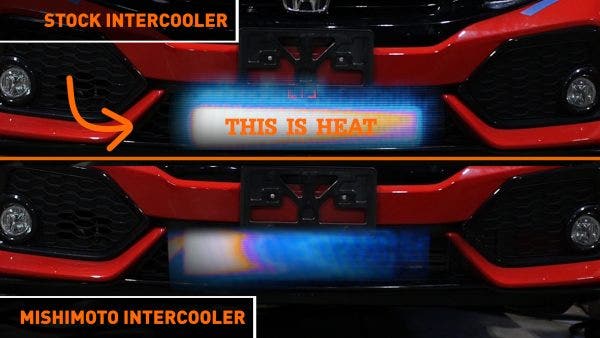
It might seem like we're comparing apples to oranges by showing you the effects of heatsoak on the Sport Hatchback. However, given the similarities in design, your stock CTR intercooler could meet the same fate.
There is a secondary detriment to a heat-soaked, front-mounted intercooler. As the air passes through the baking heat exchanger, it picks up some of that increased temperature. That hot air is then transferred directly into your Type R's radiator and can have an adverse effect on the cooling system. The last thing you want to see during your track day is a coolant temperature light.
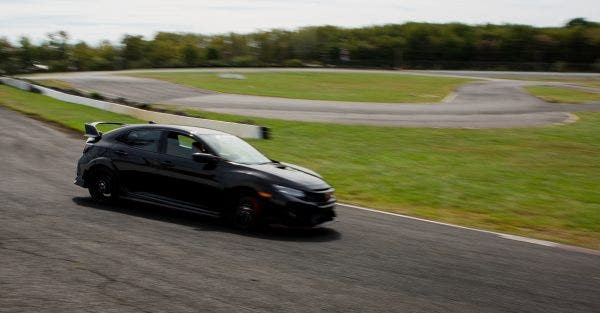
Speaking of the track, our Type R spent some time up at Raceway Park in Englishtown, NJ for some real-world torture testing as part of our intake development. Make sure you head over to our latest post on the intake to see how keeping an airbox around your filter influences the temperature of your intercooling system.
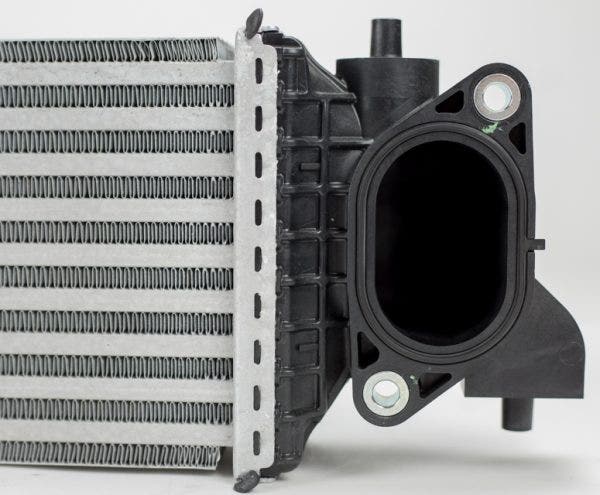
The size of these openings pose as the biggest roadblock in flowing the charged air through your CTR's intake system.
The connection between the intercooler itself and the rest of the system can also prove to be problematic. Much like the other Honda intercooler, the piping attaches to the plastic end tanks with a bracket design. While this might ensure a secure connection, and protect from any possible boost leaks, having this fixed opening poses as a major restriction once the boost starts to increase. The CTR's inlet and outlet ovals are currently the equivalent to a 54 mm circle, which given the shape of the end tanks, aide in the flow of air through the core. However, the unique shape and method of fastening the piping doesn't give us much wiggle room when improving on the intercooler.
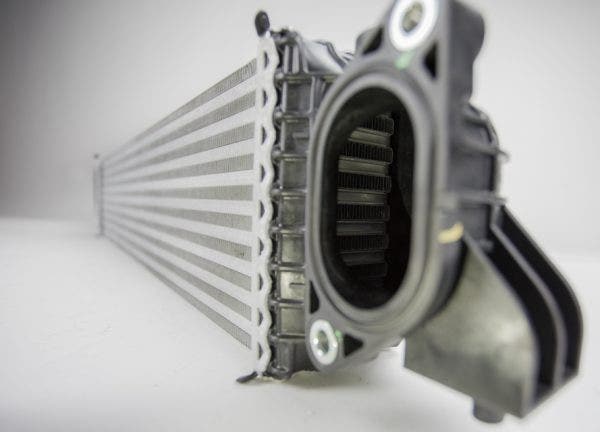
This oval opening works effectively with the end tank design to keep the charged air flowing through the system.
The intercooling system isn't all about the performance of the core. Granted, the core does a majority of the work, but it can't take all the credit. The intercooler piping plays an important role transporting the charged air from the turbo to the intake manifold, and we have every intention of making improvements to go along with the new intercooler. First let's take a look at how Honda channeled their forced induction through the Type R's engine bay.
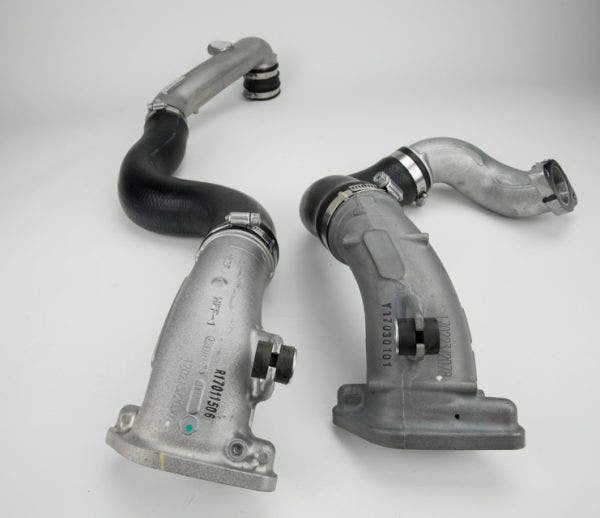
We're not usually surprised to find a combination of different materials once we start to extract the charge pipes from a vehicle. We typically find the dynamic duo of plastic and rubber, both materials that simplify the process of mass production, but can affect the longevity of the parts. Honda knew that the driving requirements of the FK8 would be more demanding, and incorporated a much more robust design for their intercooler piping. Instead of using plastic, they replaced that with cast aluminum, making sure that the intercooling system was better suited to stand up to spirited drives, or even the trips to the track owners would inevitably take.
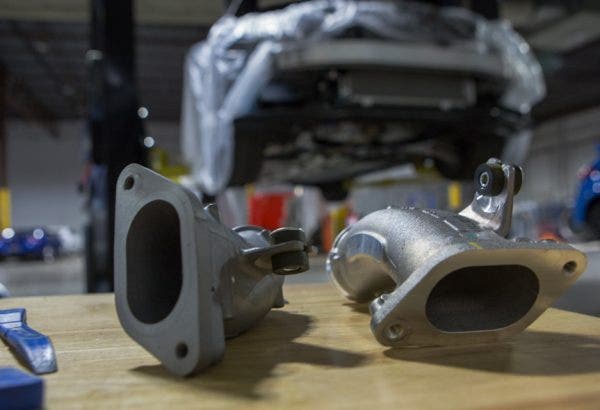
One might assume that the improved OE construction would make our job easier. However, since we want to increase the flow of the intercooling system along with the cooling properties, the stock design remains a choke point.
Even though Honda beefed up the piping along with their slightly improved intercooler, we still noted a few weak points. The stock piping has a fairly straightforward path for the air to travel, but there are still bends in the design, which can decrease the flow. Also, the rubber sections might be beefy, but leave a significant section of the hose to move around in the engine. The less movement in the pipes, the more likely the system will have consistent flow. Finally, there's the size restriction. Even though both pipes are at an average 58 mm diameter, we feel that there's room to grow. Not to mention the stock adapters on the intercooler present a serious flow restriction once more boost starts flowing through the system.
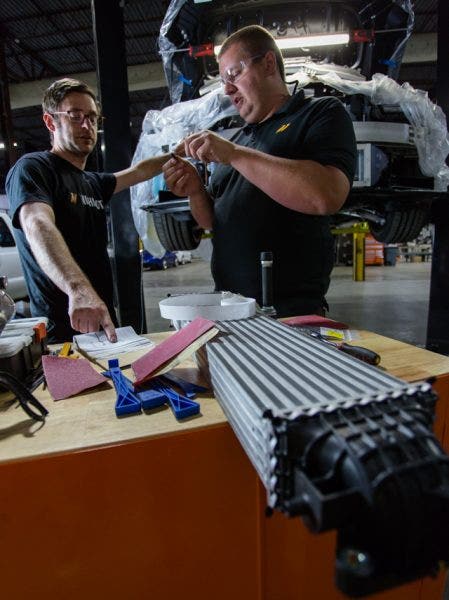
Our chief engineer, Kevin (left) works with Dan (right), the lead engineer on this project, to ensure we can achieve the maximum potential from your CTR.
Even with the OE intercooling system potentially slowing them down, Honda was still able to shatter records and challenge the big names in the world of hot-hatches with the FK8 Type R. The CTR still has plenty of room to grow regardless of its current status as the champion of the FWD sport compacts. At the moment, our engineering team is working on the best way to make sure your scolding hot Civic can keep its cool.
Thanks for Reading!
-Nick




